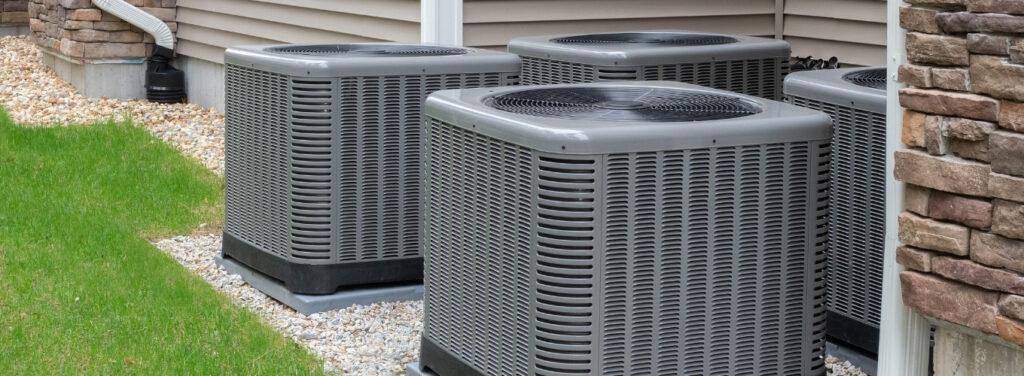When temperatures in the St. Louis area soar above 100°F, many homeowners find themselves frustrated when their air conditioning system struggles to maintain comfortable indoor temperatures. If your AC can’t keep up during extreme heat, you’re not alone—and there’s likely nothing wrong with your system. Understanding Manual J heat load calculations reveals the science behind why your AC performs this way and what you can realistically expect.
Try It Yourself: HVAC Load Calculator
Want to get a quick idea of your home’s cooling needs? Use our HVAC Load Calculator powered by ServiceTitan to understand how different factors in your home contribute to your overall load requirement:
This simplified calculator provides estimates based on square footage and basic factors. For precise Manual J calculations, professional assessment is required.
Understanding Manual J Heat Load Calculations
Manual J is the gold standard for HVAC system sizing, developed by the Air Conditioning Contractors of America (ACCA). This comprehensive calculation method determines exactly how much heating and cooling capacity your home requires based on scientific analysis rather than guesswork.
Interactive Check: Is Your System Properly Sized?
Answer these quick questions to assess your current system:
Question 1: During normal summer days (85-90°F), does your AC maintain your set temperature?
- ✅ Yes, consistently → Your system is likely properly sized
- ❌ No, struggles on mild days → System may be undersized or have issues
Question 2: During heat waves (100°F+), how much does your indoor temperature rise?
- ✅ 2-5°F above setting → Normal performance
- ⚠️ 6-8°F above setting → Expected for extreme conditions
- ❌ More than 8°F → Potential sizing or maintenance issues
What Manual J Actually Calculates
Manual J considers dozens of factors to determine your home’s precise load requirements:
Building Characteristics:
- Total square footage and ceiling height
- Wall, roof, and foundation construction materials
- Insulation R-values throughout the structure
- Window types, sizes, and orientation
- Air infiltration rates from blower door testing
Environmental Factors:
- Local climate design conditions
- Solar heat gain through windows
- Building orientation and shading
- Outdoor design temperatures
Internal Heat Sources:
- Number of occupants and their schedules
- Appliances and electronics heat generation
- Lighting loads and internal equipment
This detailed analysis ensures your HVAC system is properly sized for your specific home—not oversized or undersized based on rough estimates.

The 95°F Design Temperature: Why It Matters for St. Louis
Here’s the crucial fact most homeowners don’t understand: HVAC systems in St. Louis are designed for outdoor temperatures up to 95°F. According to ASHRAE design standards, St. Louis has a 1% cooling design temperature of approximately 93-95°F, meaning temperatures exceed this level only about 87 hours per year.
Interactive Temperature Guide
What to Expect from Your AC:
What This Means for Your System
Your air conditioner is engineered to maintain 75°F indoors when it’s 95°F outside—a 20-degree temperature difference. When St. Louis experiences heat waves with temperatures reaching 100-108°F (which happens regularly during summer), your system is operating beyond its design parameters.
Common Heat Wave Complaints: Explained by Manual J Science
“My AC runs constantly but won’t cool below 78°F”
This is exactly what should happen during extreme heat. Your system is performing its designed function—it’s just that outdoor conditions exceed design specifications. Constant operation during heat waves indicates your system is working at full capacity, not that it’s broken.
“Why is one room hotter than others?”
Manual J calculations consider room-by-room heat loads, including:
- Solar exposure and window orientation
- Room size and ceiling height
- Internal heat sources
- Ductwork design and airflow distribution
Rooms with western exposure, large windows, or inadequate ductwork will naturally be warmer. This variation was likely accounted for in the original load calculation.
Interactive Room Assessment Tool
Identify Your Hot Spots:
Check all factors that apply to your warmest room:
- West-facing windows
- Large windows or sliding doors
- Poor insulation
- Electronics/appliances generating heat
- Inadequate return air vents
- Long ductwork runs from main unit
The more boxes checked, the higher that room’s heat load and the more it will struggle during extreme temperatures.
“Should I replace my AC with a bigger unit?”
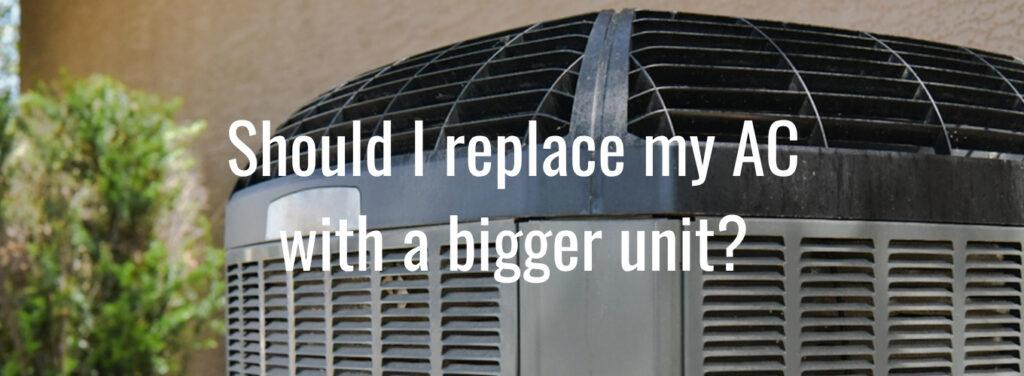
Absolutely not. Oversizing creates serious problems:
Oversized System Problems:
- Short cycling: Rapid on/off operation that reduces efficiency
- Poor humidity control: Insufficient run time to remove moisture
- Uneven temperatures: Hot and cold spots throughout the home
- Higher energy costs: Inefficient operation and increased wear
- Premature equipment failure: Excessive cycling damages components
Most HVAC systems in the U.S. are already oversized, causing more problems than undersized equipment.
How Proper Sizing Affects Humidity Control
Air conditioners perform two critical functions: cooling (sensible heat removal) and dehumidification (latent heat removal). Proper Manual J sizing ensures your system runs long enough to remove humidity effectively.
Why Size Matters for Comfort:
- Correctly sized systems run longer cycles, removing more humidity
- Oversized systems cool quickly but leave humidity high, creating clammy conditions
- Undersized systems run constantly but may struggle with both temperature and humidity control
During St. Louis’s humid summers, when heat indices can reach 110-116°F, proper humidity control becomes even more critical for comfort.
Interactive System Performance Checker
Evaluate Your Current System’s Performance:
Humidity Test: On a 90°F day, does your home feel:
- ✅ Comfortable and dry → Proper sizing and operation
- ⚠️ Cool but clammy → Possible oversizing
- ❌ Warm and humid → Undersizing or maintenance needed
Cycle Test: During moderate weather, your AC should:
- ✅ Run 15-20 minute cycles → Ideal operation
- ⚠️ Run very short cycles (under 10 minutes) → Likely oversized
- ❌ Run constantly → Undersized or needs maintenance
Supporting Your System During Heat Waves
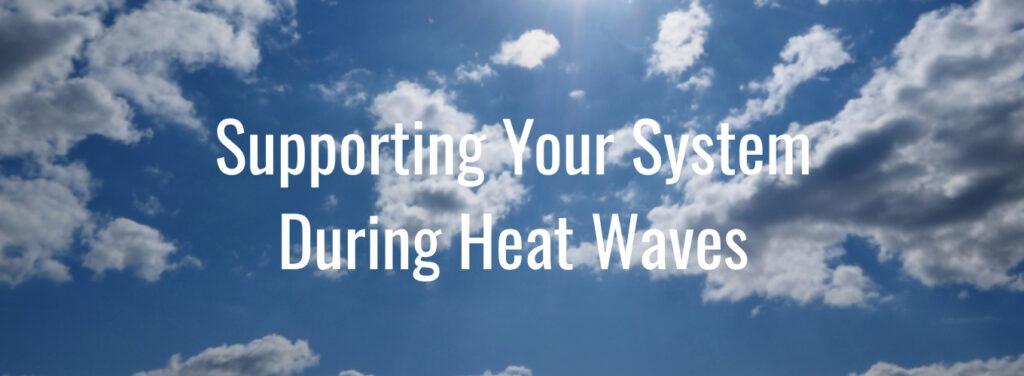
Reduce Internal Heat Loads
During Peak Heat Hours (noon-8 PM):
- Run dishwashers and dryers at night
- Keep blinds and curtains closed on sunny windows
- Avoid using ovens or stovetops
- Switch to LED lighting if still using incandescent bulbs
Interactive Energy Savings Calculator
Calculate Your Heat Reduction:
Typical internal heat loads you can control:
- Dryer running during day: +2,500 BTU/hour
- Oven use during peak hours: +3,400 BTU/hour
- Direct sunlight through windows: +1,000 BTU/hour per large window
- Incandescent lighting: +400 BTU/hour per 100 watts
By shifting these activities to cooler hours or eliminating them, you can reduce your cooling load by 5,000+ BTU/hour—equivalent to about 0.5 tons of cooling capacity.
Optimize System Operation
Thermostat Management:
- Set to 78°F or higher during extreme heat
- Avoid frequent temperature changes
- Use ceiling fans to increase comfort at higher temperatures
Airflow Enhancement:
- Replace air filters monthly during heavy use periods
- Keep all vents open and unblocked
- Ensure return air vents have adequate clearance
System Maintenance
Essential Maintenance Tasks:
- Clear debris from outdoor condenser unit
- Rinse condenser coils with garden hose (when unit is off)
- Check refrigerant lines for proper insulation
- Schedule annual professional maintenance before cooling season
When Manual J Reveals System Problems
While struggle during extreme heat is normal, certain symptoms indicate actual system issues:
Red Flags Requiring Professional Attention:
- System fails to reach set temperature on 85-90°F days
- Indoor temperatures rise above outdoor temperatures
- Ice formation on indoor or outdoor coils
- Unusual noises, odors, or visible refrigerant leaks
- Dramatic increases in energy consumption
The Value of Professional Load Calculations
Manual J calculations require specialized software and training. Professional HVAC contractors use approved programs to ensure accuracy:
What Proper Manual J Includes:
- Detailed room-by-room analysis
- Climate-specific design conditions
- Equipment selection based on calculated loads
- Ductwork sizing (Manual D) coordination
- Humidity load considerations for local climate
Interactive Professional vs. DIY Comparison
Meyer Heating & Air’s Commitment to Proper Sizing
At Meyer Heating & Air, we never size systems by guesswork or rules of thumb. Our team uses professional Manual J software to assess your home’s actual requirements. We understand that St. Louis’s climate presents unique challenges:
Our Process:
- Comprehensive home assessment including insulation, windows, and construction
- Climate-specific calculations for St. Louis design conditions
- Proper equipment selection based on calculated loads, not square footage
- Clear explanation of what your system can realistically achieve
We Help Homeowners Understand:
- Why their system performs as designed during heat waves
- How to support system efficiency during extreme conditions
- When professional service is truly needed vs. normal operation
Setting Realistic Expectations
Understanding Manual J principles helps set appropriate expectations:
During Normal Summer Conditions (85-95°F):
- Well-designed systems maintain comfortable temperatures and humidity
- Equipment cycles normally with adequate runtime for dehumidification
During Heat Waves (100°F+):
- Indoor temperatures may rise 3-8°F above normal settings
- Continuous operation is expected and appropriate
- Focus shifts to supporting your system rather than expecting miracles
Interactive Expectation Setting Tool
Set Your Realistic Comfort Goals:
For your home during a 102°F heat wave, expect:
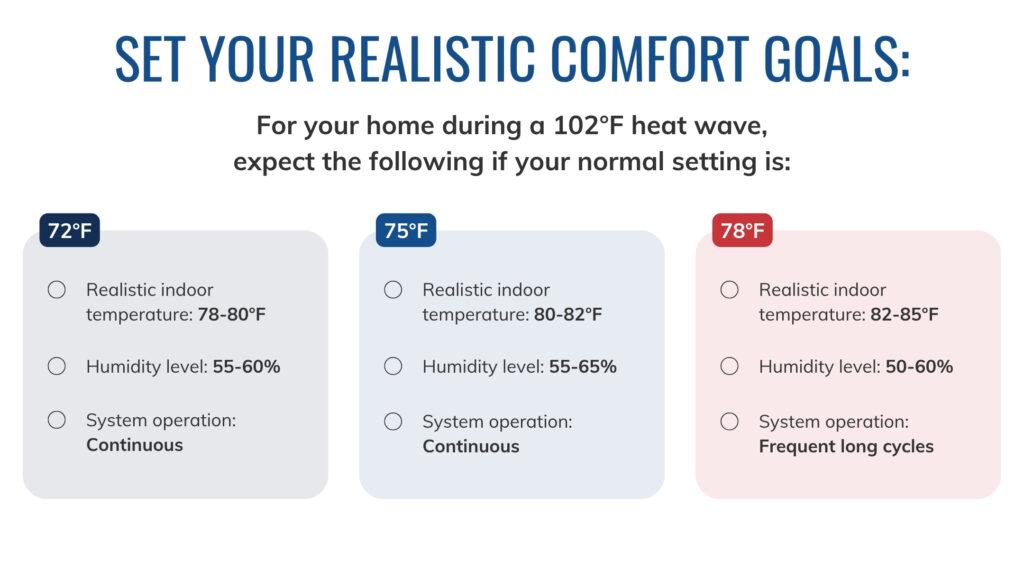
The Bottom Line
Your air conditioning system’s performance during St. Louis heat waves isn’t a malfunction—it’s physics and engineering working as designed. Manual J calculations ensure your system is properly sized for typical conditions, not extreme weather events that occur only a few dozen hours per year.
Before assuming your system needs replacement, consider whether it’s performing within its design parameters. A properly sized 3-ton system will outperform an oversized 5-ton system in efficiency, comfort, and longevity.
Take Action: Understand Your System Better
Interactive Next Steps Guide
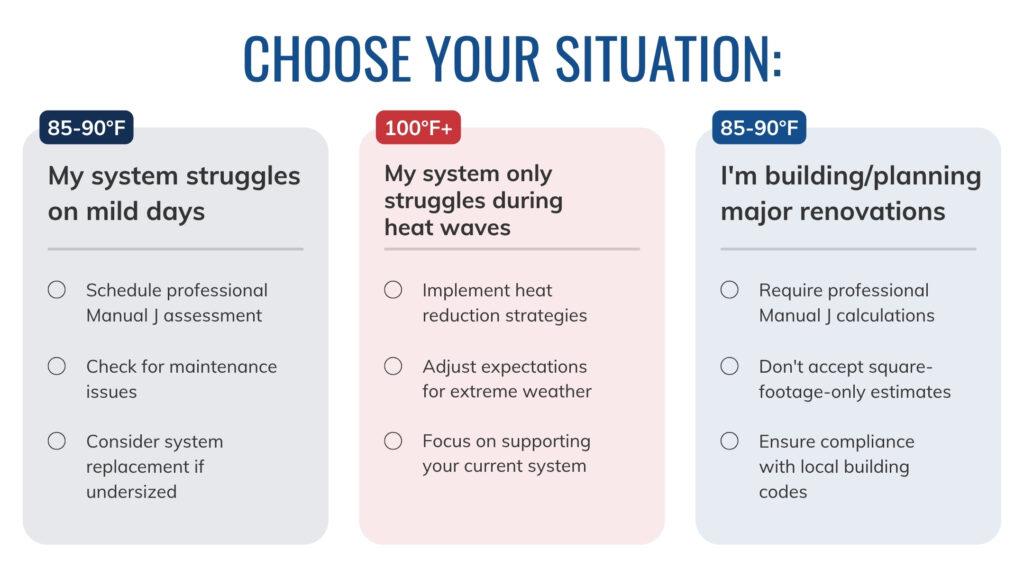
Ready to Understand Your System Better?
If your home consistently struggles to maintain comfort during normal St. Louis summer conditions (not heat waves), let’s start with a proper Manual J load calculation—not a sales pitch. Our team can help you understand what your system should realistically achieve and how to optimize its performance.
Call Meyer Heating & Air at (314) 845-1929 or schedule your assessment online. We’re here to provide honest answers about your system’s capabilities and help you stay comfortable year-round.
Frequently Asked Questions
With a properly sized system, expect indoor temperatures 2-7°F higher than your normal setting. At 100°F outside, achieving 78-82°F inside is excellent performance.
Unfortunately, no. Studies show less than half of contractors perform comprehensive load calculations, often relying on square footage estimates instead. Always ask for documentation of the load calculation process.
Absolutely. Properly sized systems operate more efficiently, reducing energy consumption and equipment wear while providing better comfort and humidity control.
Manual J is part of a comprehensive set of HVAC design protocols created by the Air Conditioning Contractors of America (ACCA) to ensure proper system sizing and installation.

